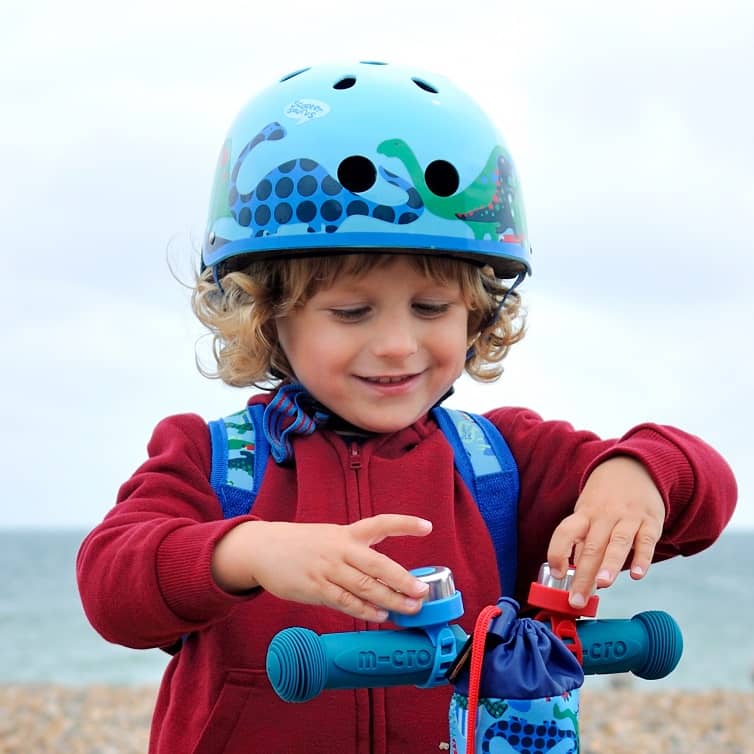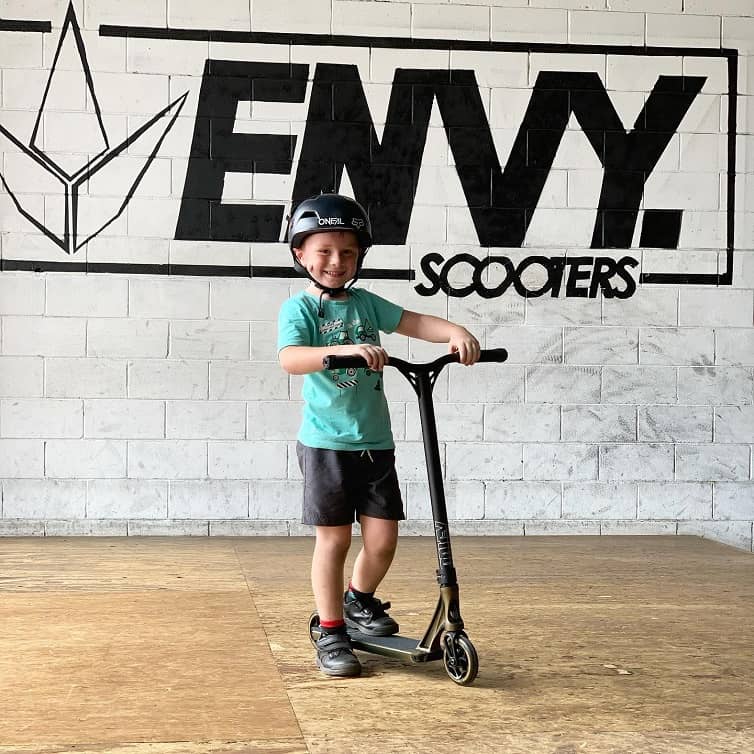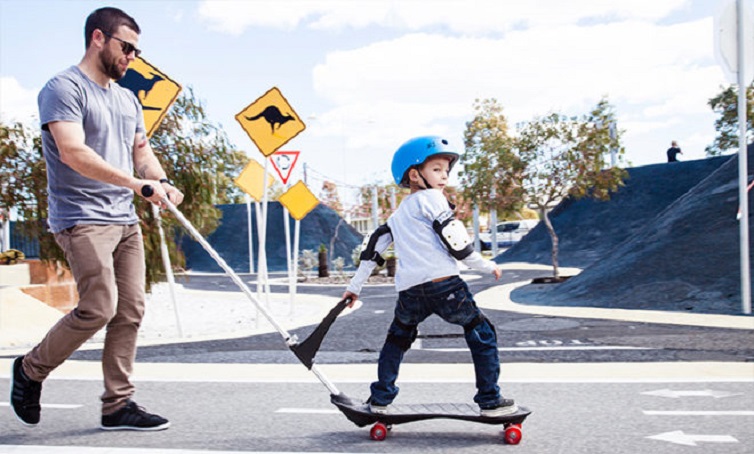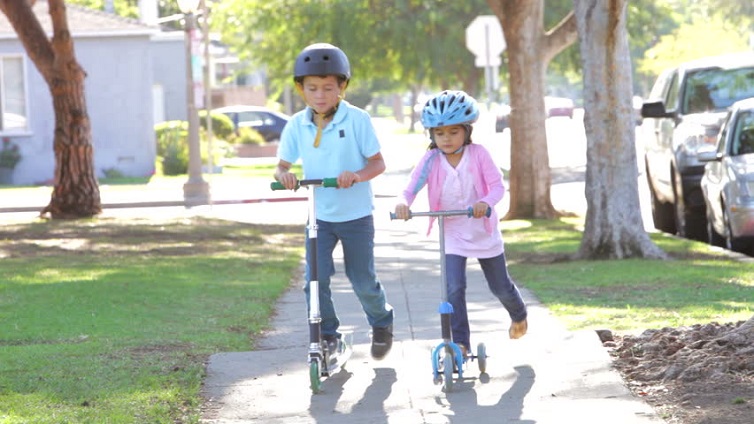Bicycle, In-Line Skating, Scooter and Skateboard Safety Guide for Kids
Over 70% of kids between 5 and 14 years old ride scooters, bicycles, skateboards or in-line skates. Although a great form of exercise, scooting, riding a bike, skateboarding and in-line skating without wearing protective equipment can be very dangerous. These pieces of equipment can be the cause for a range of injuries, among which the most common ones is head trauma. Head injuries are also the leading cause of disability and death, which is why wearing protective equipment is of utmost importance. Even though this is common sense, almost half of young riders don’t wear any protective gear whatsoever.

While helmets are without a doubt the most important piece of protective equipment, bicycle, skateboard and scooter pads for your elbows and knees shouldn’t be underestimated either. Helmets reduce the risk of head injuries by as much as 80%. When buying a helmet, you should ensure it is approved by the Consumer Product Safety Commission, it fits snugly and comfortably, sitting on a level position without rocking side to side. Further, the helmet should come with a buckle and chiFn strap to stay in place, and it should feature a hard outer shell and an absorbing liner that’s at least 2-3cm thick.
Preventing Injuries When Riding a Scooter
Even though scooters have been around since the 50s, the new popular models are made from lightweight aluminium, which makes them go faster than ever. As a result, their popularity has greatly spiked and is the cause of more emergency room visits. Most of the injuries happen among younger boys, and these mostly involve fractures or dislocations to the hand, arm, followed by bruises, sprains, strains and cuts. Almost 50% of all injuries are hand and arm injuries, 25% are head injuries and the other 25% involve the legs or feet.

The same precautions should be taken when driving scooters as when driving bicycles and in-line skates. Helmets can prevent most head injuries, scooter pads can prevent 80% of elbow injuries, and knee pads can prevent 30% of knee injuries. Wrist guards can also be beneficial, but they can make it harder to grip the handle and steer.
You should avoid riding a scooter at night and always look to ride on paved, smooth surfaces without much traffic. Also, avoid riding on streets and surfaces with sand, water, dirt or gravel.
Preventing Injuries When Riding a Bicycle
Preventing bicycle injuries, in my opinion, is slightly more difficult than preventing scooter injuries, simply because bicycles are larger in size, go faster, and are bulkier in general. You can’t control a bike that’s too big, so it’s important to be able to straddle the bike and stand with both feet on the ground. Younger children should learn to ride a bicycle with training wheels, and they need to be able to stop it using brakes. Until 10 or 12 years old, children should ride bicycles on sidewalks and learn the hand signals for turning left, right and for stopping. They should also learn basic traffic signs and signals. Further, they should avoid riding a bike at night or dusk, as that’s when most accidents happen. If they do ride in the dark, they should wear reflective clothing and have properly working lights.
Preventing Injuries When Riding In-Line Skates
In-line skating is one of the most dangerous types of riding that kids can participate in. When riding skates, kids should always wear helmets, wrist guards, elbow and knee pads, and gloves. They should skate with the knees slightly bent in order to maintain balance, and practice stopping. The skates they wear should provide proper support and should be inspected regularly. Kids should avoid skating on streets with lots of traffic. If skating on streets, however, they should follow all traffic rules, avoid skating on uneven pavements, and always skate on the right side of the sidewalk.
Preventing Injuries When Riding Skateboards

Skateboards have become very popular among kids aged 5-15. What many of them don’t know is that they should avoid skating on surface streets. Even experienced skaters can get hurt, and learning how to fall safely is essential. When losing balance on a skateboard, they should crouch down to fall down from a lower height. Additionally, they should learn to land on fleshy parts instead of joints or bones. If falling is inevitable, they should try to roll as they fall to avoid their arms absorbing all the impact.
Other safety precautions involve wearing protective equipment, such as helmets, padding for knees, elbows and wrists, and slip-resistant and closed-toe shoes. The skateboard should be inspected frequently for wear and tear. If your kid gets into performing tricks, they should do so in designated skateboarding areas and not on rough surfaces. They should also avoid hanging onto bicycles and cars, no matter how fun it may look.

